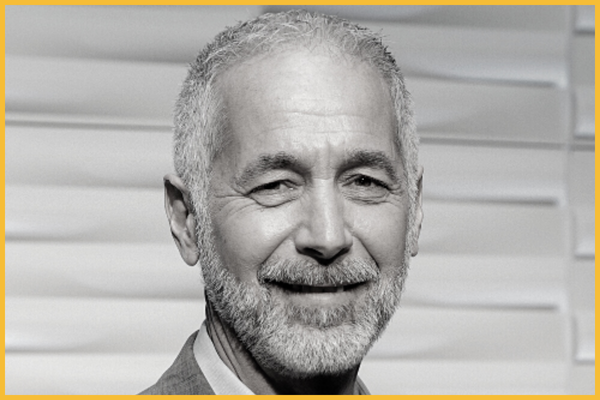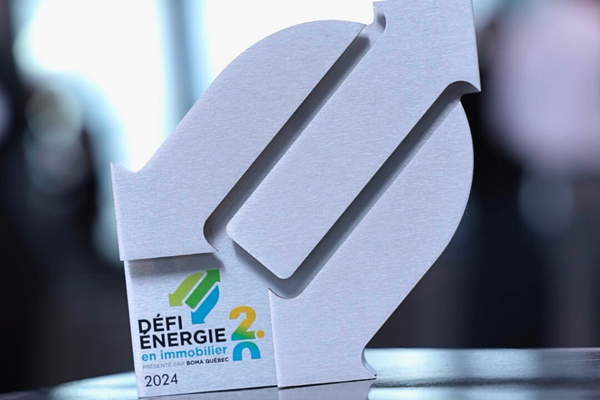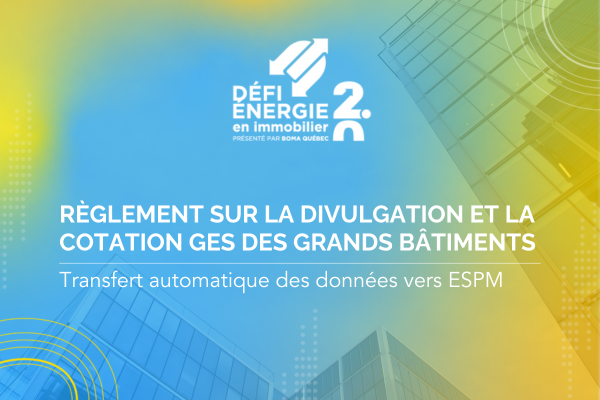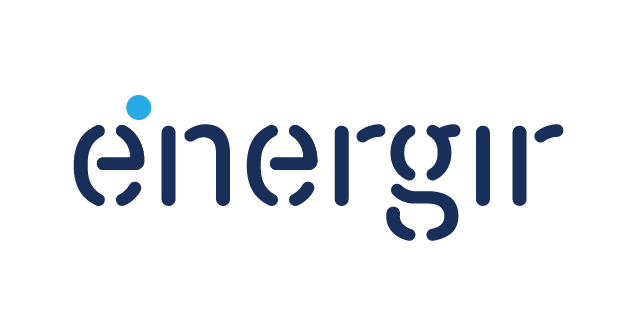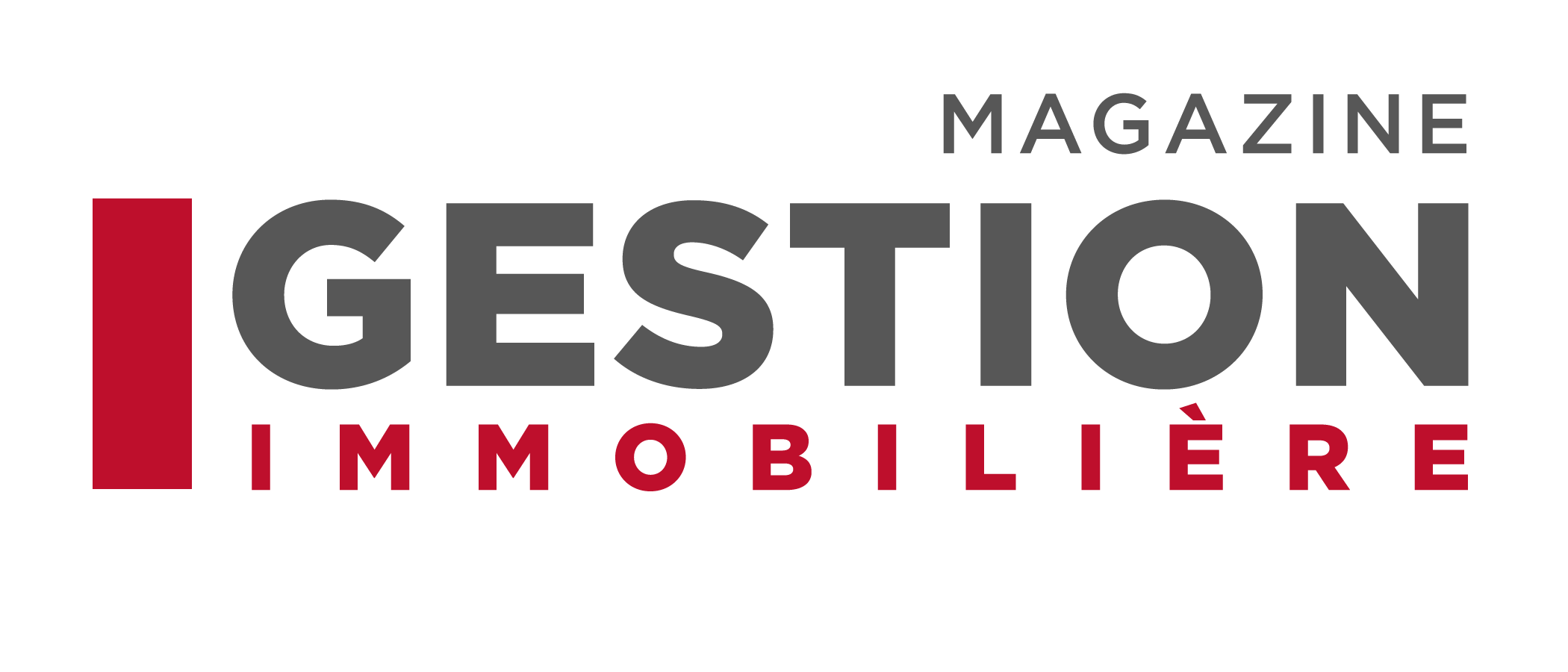On May 23 BOMA Quebec invited the property management industry to take part in our new project, the Building Energy Challenge (BEC). The BEC is a 4-year competition that aims to reduce energy consumption and greenhouse gas (GHG) emissions in commercial, institutional and multi-residential buildings across Quebec. It is the fruit of three years of reflection and preparation by energy sector experts to create a tangible, relevant and very useful tool for participants.
The issues at stake are not only environmental, although the environment is of primary importance, especially now that climate change is accelerating at an alarming pace and can no longer be ignored. It is a daunting task, given that buildings leave a considerable carbon footprint. There is little doubt that environmental regulations will become much stricter in years to come, for both new construction and existing buildings. From that perspective, the BEC is a call to action and an invitation to voluntary self-regulation within the industry.
The impact of better energy management in building operations has a positive financial aspect, as it allows for optimal management of costs. It has a direct effect on maintenance and the value of property assets, not to mention the impact on building users and tenants who now expect intelligent, responsible building operations at all levels.
There are thus many good reasons for taking part in the challenge. Since the launch in May, several players have responded to the call and confirmed their commitment by registering their buildings in the competition. Here is a brief description of the commitment and vision of some of them.
Bentall Kennedy (Canada) LP – 1600-1616, René Lévesque Blvd. West

 The 1600-1616 René Lévesque Blvd. West is a Category B, 17-storey office building near Montreal’s downtown business core. It has benefited from several energy efficiency measures, and over the past 5 years its energy consumption has dropped by roughly 15% (electricity 15%, gas 13%).
The 1600-1616 René Lévesque Blvd. West is a Category B, 17-storey office building near Montreal’s downtown business core. It has benefited from several energy efficiency measures, and over the past 5 years its energy consumption has dropped by roughly 15% (electricity 15%, gas 13%).
“The Building Energy Challenge is a great opportunity to promote the energy management initiatives that we are pursuing in order to optimize energy costs and improve the comfort of the building’s occupants. These actions include a complete review of the building’s operational sequences (A. smart room control strategy, B. optimisation of operating hours, C. recommissioning), plus thorough cleaning of all cooling water and heating water circuits to optimize heat exchange in heat exchangers and thus reduce heat loss. We also replaced the lighting on renovated floors with LED lights, and optimized steam boiler operations (water quality control, clean heating surfaces, complete review of steam condensate return pipes so as to avoid water loss), etc. The BEC allows us to demonstrate that, with good energy-saving measures, building operations can be optimized even in older buildings,“ notes Pierre Boudrias, senior real estate director, Property Management, Bentall Kennedy (Canada) LP.
COGIR Real Estate – Manoir Outremont

 The Manoir Outremont offers high quality housing and living spaces for independent seniors. Built in 1976, it was recently audited and a preliminary in-depth study was done to determine renovations that will notably improve its energy performance in the years ahead.
The Manoir Outremont offers high quality housing and living spaces for independent seniors. Built in 1976, it was recently audited and a preliminary in-depth study was done to determine renovations that will notably improve its energy performance in the years ahead.
“COGIR Real Estate aims for ongoing improvement in the energy performance of its buildings, and important measures to reach that goal will be implemented at Manoir Outremont. These will include updating or replacing boilers, optimizing the ventilation and control systems for the indoor pool, and adopting new measures for more efficient management of electricity during operating hours. Energy and environmental performance is a major issue in property management in Quebec. We must increase awareness, make adjustments and dare to innovate in that sphere. That is very much in keeping with our commitment to creating a positive impact for our clients, both today and in the future. We believe that the BEC is a excellent opportunity to participate in a shared effort to reduce our environmental footprint,” said Luc Fournier, Eng., Director of Supplies and Technical Services, COGIR Real Estate.
Desjardins – Complexe Desjardins

 With a total floor area of 4 million square feet, Complexe Desjardins is one of the biggest buildings in Montreal. Studies are underway to improve energy efficiency and plans for several projects to achieve that end are in the works.
With a total floor area of 4 million square feet, Complexe Desjardins is one of the biggest buildings in Montreal. Studies are underway to improve energy efficiency and plans for several projects to achieve that end are in the works.
“We have been involved in BOMA Quebec for several years, contributing to discussions, sharing knowledge and keeping up with real estate innovations in Quebec. Protecting the environment and improving energy management are long-term priorities for Desjardins, and we are always on the lookout for practices or technologies that will help us improve energy performance. Energy consumption at the Complex has gone from 170 million kWh in 1978 to 97 million kWh today, and the process continues. We are converting to LED lights and changing our constant air volume (CAV) ventilation for a variable air volume (VAV) system, and are also reconfiguring floor layouts to improve the lighting in office spaces. We emphasize positive leadership by first implementing those changes in our premises, and then encouraging major tenants to get involved in these efforts. It’s very satisfying,” said Maxime Poulin, Eng. CEM, chief advisor, Real Estate Operations, Complex Desjardins.
Desjardins – Lévis

 In the city of Lévis, nine Desjardins buildings are entered in the BEC, many of them certified LEED and/or BOMA BEST®. This is part of the Desjardins sustainable development program, which includes building audits and efforts to reduce the environmental impact of the organization’s activities.
In the city of Lévis, nine Desjardins buildings are entered in the BEC, many of them certified LEED and/or BOMA BEST®. This is part of the Desjardins sustainable development program, which includes building audits and efforts to reduce the environmental impact of the organization’s activities.
“We want to systematically measure the energy consumption of all our buildings in order to compare our performance with that of similar firms in the industry, and to share our progress and learn about the initiatives of BOMA Quebec and BEC partners. Several measures have been or will be implemented in the coming months: analysis of energy consumption reports, collaboration with energy service firms, an electricity peak-load shifting program, installation of variable speed control for ventilation fans and pumps, installing T8 and LED lighting and a digital regulation system, cleaning the walls, replacing windows and some heating systems, a transition toward high performance systems certified Ashrae or Energy Star®, real-time surveillance of our systems by means of centralized digital programs, assessing the building envelope, etc.
The BEC is a chance to demonstrate our position as leaders working to change the status quo. We want to work with our colleagues in the industry so that we are part of the solution, not part of the problem. With that in mind, the Mouvement Desjardins signed the Statement by Financial Institutions on Energy Efficiency, an initiative of the United Nations Environment Program (UNEP FI) and the European Bank for Reconstruction and Development (EBRD), involving more than 40 financial institutions from 110 countries,” notes Yves Laplante, building design and certification technician, Real Estate Management in Lévis.
Galion Gestion Développement Immobilier
 Even buildings specifically designed for enhanced energy performance cannot reach their full potential without a serious, long-term commitment on the part of the building occupants. Consequently, Galion decided to start participating in the BEC by registering three buildings.
Even buildings specifically designed for enhanced energy performance cannot reach their full potential without a serious, long-term commitment on the part of the building occupants. Consequently, Galion decided to start participating in the BEC by registering three buildings.
“Compare our efforts with those of others, why not? We also felt that the BEC would allow us to assess our own efforts. Galion has three buildings in Brossard, Montreal West and Quebec City that are comparable on several levels. They are managed by three different teams. For us it is also a friendly in-house competition, given that these buildings face similar problems. Two are recent acquisitions and the third was built by Galion. All three use geothermic technology and are eco-friendly buildings. Despite a very good base and envelope, we’ve noticed that we need to do more to satisfy our tenants. We need to improve the processes and systems that affect tenant use of the building, as their impact can practically nullify a building’s performance. We have three environmentally responsible buildings, but we are fully aware that reducing energy consumption and improving the overall performance of the buildings depend on mobilizing users, getting them involved. There’s much work to be done in terms of raising awareness and generating interest. That’s why we signed up for the BEC, and we’re really embracing it,” notes Benoit Lawlor, vice-president, Construction and Technical Services, Galion Gestion Développement Immobilier.
Loto-Québec

 The environmental priorities of the Loto-Québec 2015-20 Responsible Commercialization plan include optimizing initiatives in terms of acquiring, operating and managing infrastructures. Within the specific BEC context, the organization will concentrate its efforts on its head office at 500 Sherbrooke St. West in Montreal.
The environmental priorities of the Loto-Québec 2015-20 Responsible Commercialization plan include optimizing initiatives in terms of acquiring, operating and managing infrastructures. Within the specific BEC context, the organization will concentrate its efforts on its head office at 500 Sherbrooke St. West in Montreal.
“Our head office is one of nine Loto-Québec buildings certified BOMA BEST® and various measures are already in place. As for the BEC, for the first three years we will be focusing on modernizing our control systems. We are currently automating our heating, ventilation and air conditioning systems. We have begun a recommissioning process for a complete update of all building mechanical systems, which involves analyzing and verifying the entire sequence of operations and taking the steps required to optimize system performance in order to improve the comfort of building occupants and to save on energy costs,” said Nicolas Chung, Manager – Real Estate Services, Real Estate Operations Directorate, Loto-Québec.
These trailblazing organizations are among several all over the world that have grasped the validity and increase in value that more intelligent, proactive energy management offers. They are opening the way to an extensive transformation in the way we do things – gradually and over the long term.
February 28, 2019 is the deadline for registering buildings in the challenge, and for entering energy consumption data and taking part in the first year of the competition.
